The price is available ON REQUEST
Face lift is a cosmetic surgical procedure to create a more youthful appearance. In this procedure, the loose or sagging skin on the side of the cheeks and jawline is reduced along with other changes that occur in the skin due to aging. It involves pulling back the flap of the skin on each side of the face, removing the excess skin and altering the tissues below the skin to contour the shape of the face. Often, neck lift is also done as a part of face lift to reduce fat deposits and sagging skin on the neck.
As you age, the external age-related changes such as loose skin, sagging cheeks, and fat deposits start to occur in some parts of your face more than others. Below are the symptoms that would help you evaluate if you should be considering Face Lift procedure:
| Country | Minimum Cost | Minimum Local Currency | Maximum Cost | Maximum Local Currency |
|---|---|---|---|---|
| India | USD 3619 | INR 300920 | USD 6031 | INR 501478 |
| Thailand | USD 3500 | THB 124775 | USD 6000 | THB 213900 |
| Turkey | USD 4848 | TRY 146119 | USD 10235 | TRY 308483 |
| United Arab Emirates | USD 8000 | AED 29360 | USD 22000 | AED 80740 |
Treatment cost

MediGence is offering immense facilities for your medical journey such as:
With us, you are sure to receive all the benefits at competitive prices which is a better choice than paying actual hospital costs. Facelift surgery whose other name is Rhytidectomy removes ageing related signs that include loose skin, wrinkles, creases, deposits that are saggy. The time period when a facelift lasts is around 7 to 10 years. The people who get a facelift done are in the average age bracket of mid 40s to early 50s which can be followed with another one in mid 60s to late 60s., In DBest Clinic, Turkey, packages are available that make your facelift process easy and affordable.

Some of the key inclusions which we provide as additional benefits of the package are:
We provide packages at economical prices with a number of additional benefits which make it a better opportunity than spending actual hospital costs with singular benefits. Full face lift is an elaborate procedure for lifting and tightening facial tissues. Skin is elevated as well as the tissues and muscles under it are tightened. The fat which is present in the neck and face could have to be either redistributed, sculpted or even removed. The skin is then put over the new face contours. This is followed by removing extra skin and stitching or taping the wound. The procedure is also called a rhytidectomy., Excellent package deals are offered by us in collaboration with Kardiolita Hospital, Vilnius in Lithuania.
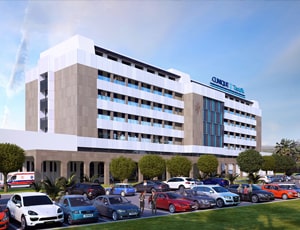
Taoufik Clinique located in Tunis, Tunisia is accredited by JCI. Also listed below are some of the most prominent infrastructural details:
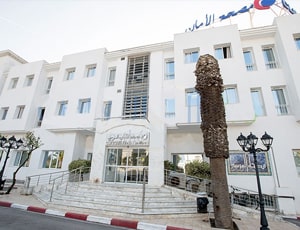
Apart from in-detail treatment procedures available, Chirurgie Pro located in La Marsa, Tunisia has a wide variety of facilities available for International Patients. Some of the facilities which are provided by them are Accommodation, Airport Transfer, Choice of Meals, Interpreter, SIM, TV inside room. Also listed below are some of the most prominent infrastructural details:
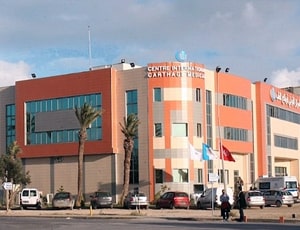
Apart from in-detail treatment procedures available, Carthage International Medical Center located in Monastir, Tunisia has a wide variety of facilities available for International Patients. Some of the facilities which are provided by them are Accommodation, Airport Transfer, Choice of Meals, Interpreter, SIM, TV inside room. Also listed below are some of the most prominent infrastructural details:

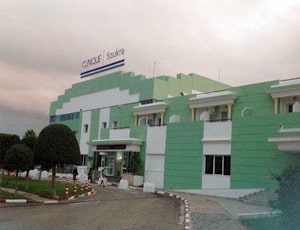
Apart from in-detail treatment procedures available, Clinic Soukra located in Ariana, Tunisia has a wide variety of facilities available for International Patients. Some of the facilities which are provided by them are Accommodation, Airport Transfer, Choice of Meals, Interpreter, SIM, TV inside room. Also listed below are some of the most prominent infrastructural details:
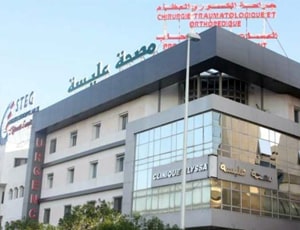
Apart from in-detail treatment procedures available, Clinic Alyssa located in Tunis, Tunisia has a wide variety of facilities available for International Patients. Some of the facilities which are provided by them are Accommodation, Airport Transfer, Interpreter, SIM, TV inside room. Also listed below are some of the most prominent infrastructural details:
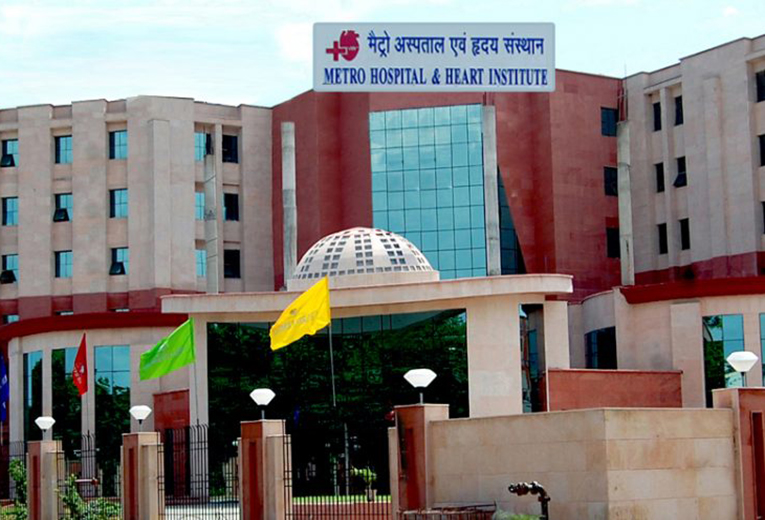
Types of Face Lift (Face and Neck) in Metro Hospital and its associated cost
| Treatment Option | Approximate Cost Range (USD) | Approximate Cost Range (INR) |
|---|---|---|
| Face Lift (Face and Neck) Overall | 2460 - 3085 | 198998 - 251787 |
| Traditional Face Lift | 2677 - 3108 | 224872 - 258584 |
| Mini Face Lift (S-Lift) | 2687 - 3124 | 218668 - 255343 |
| Mid-Face Lift | 2657 - 3007 | 213445 - 248741 |
| Lower Face and Neck Lift | 2672 - 2974 | 218789 - 244785 |
| Thread Lift | 2636 - 3024 | 217479 - 252203 |
DOCTORS IN 12 SPECIALITIES
FACILITIES & AMENITIES
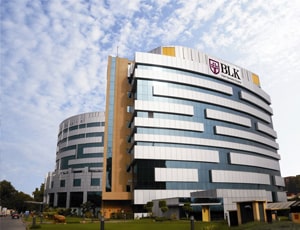
The cost for Face Lift (Face and Neck) ranges from USD 5420 - 6030 in BLK-Max Super Speciality Hospital
BLK-Max Super Speciality Hospital located in New Delhi, India is accredited by NABL. Also listed below are some of the most prominent infrastructural details:
DOCTORS IN 15 SPECIALITIES
FACILITIES & AMENITIES
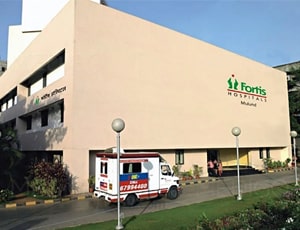
Types of Face Lift (Face and Neck) in Fortis Hospital, Mulund and its associated cost
| Treatment Option | Approximate Cost Range (USD) | Approximate Cost Range (INR) |
|---|---|---|
| Face Lift (Face and Neck) Overall | 2965 - 3634 | 236667 - 300856 |
| Traditional Face Lift | 3298 - 3726 | 268751 - 308101 |
| Mini Face Lift (S-Lift) | 3245 - 3686 | 263640 - 305691 |
| Mid-Face Lift | 3180 - 3551 | 261080 - 297460 |
| Lower Face and Neck Lift | 3212 - 3677 | 259760 - 295664 |
| Thread Lift | 3185 - 3766 | 259777 - 297992 |
DOCTORS IN 13 SPECIALITIES
FACILITIES & AMENITIES
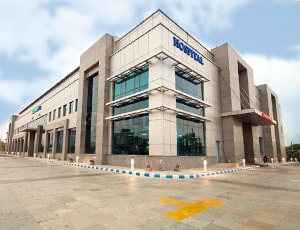
Types of Face Lift (Face and Neck) in Manipal Hospital, Gurugram and its associated cost
| Treatment Option | Approximate Cost Range (USD) | Approximate Cost Range (INR) |
|---|---|---|
| Face Lift (Face and Neck) Overall | 2648 - 3308 | 218116 - 269461 |
| Traditional Face Lift | 2945 - 3393 | 240495 - 279380 |
| Mini Face Lift (S-Lift) | 2886 - 3349 | 237960 - 275574 |
| Mid-Face Lift | 2855 - 3259 | 233317 - 267438 |
| Lower Face and Neck Lift | 2904 - 3261 | 239611 - 269197 |
| Thread Lift | 2880 - 3325 | 235386 - 273343 |
DOCTORS IN 13 SPECIALITIES
FACILITIES & AMENITIES
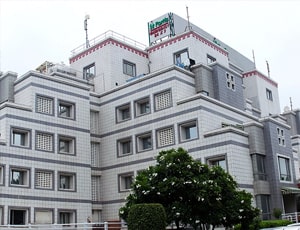
Types of Face Lift (Face and Neck) in Fortis Flt. Lt. Rajan Dhall Hospital and its associated cost
| Treatment Option | Approximate Cost Range (USD) | Approximate Cost Range (INR) |
|---|---|---|
| Face Lift (Face and Neck) Overall | 2655 - 3287 | 216436 - 270698 |
| Traditional Face Lift | 2946 - 3397 | 241819 - 278146 |
| Mini Face Lift (S-Lift) | 2879 - 3360 | 237969 - 274638 |
| Mid-Face Lift | 2854 - 3235 | 232646 - 267310 |
| Lower Face and Neck Lift | 2918 - 3260 | 238821 - 269317 |
| Thread Lift | 2874 - 3339 | 236683 - 271811 |
DOCTORS IN 11 SPECIALITIES
FACILITIES & AMENITIES
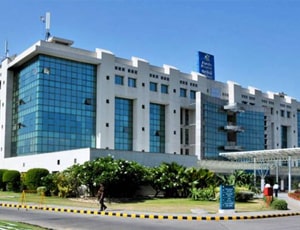
Types of Face Lift (Face and Neck) in Apollo Hospital International Limited and its associated cost
| Treatment Option | Approximate Cost Range (USD) | Approximate Cost Range (INR) |
|---|---|---|
| Face Lift (Face and Neck) Overall | 2659 - 3299 | 216682 - 270196 |
| Traditional Face Lift | 2952 - 3393 | 240789 - 278516 |
| Mini Face Lift (S-Lift) | 2902 - 3341 | 238121 - 275099 |
| Mid-Face Lift | 2842 - 3242 | 232100 - 266963 |
| Lower Face and Neck Lift | 2907 - 3274 | 238091 - 269010 |
| Thread Lift | 2883 - 3343 | 236005 - 274165 |
DOCTORS IN 13 SPECIALITIES
FACILITIES & AMENITIES
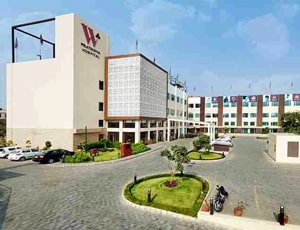
Types of Face Lift (Face and Neck) in W Pratiksha Hospital and its associated cost
| Treatment Option | Approximate Cost Range (USD) | Approximate Cost Range (INR) |
|---|---|---|
| Face Lift (Face and Neck) Overall | 2417 - 2997 | 200579 - 251927 |
| Traditional Face Lift | 2687 - 3114 | 225441 - 256659 |
| Mini Face Lift (S-Lift) | 2663 - 3052 | 218817 - 254041 |
| Mid-Face Lift | 2591 - 2989 | 211462 - 245360 |
| Lower Face and Neck Lift | 2684 - 2997 | 217973 - 250440 |
| Thread Lift | 2638 - 3033 | 218016 - 249634 |
DOCTORS IN 12 SPECIALITIES
FACILITIES & AMENITIES
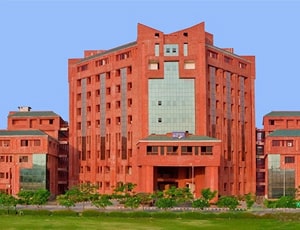
Types of Face Lift (Face and Neck) in Sharda Hospital and its associated cost
| Treatment Option | Approximate Cost Range (USD) | Approximate Cost Range (INR) |
|---|---|---|
| Face Lift (Face and Neck) Overall | 2434 - 3016 | 202084 - 252300 |
| Traditional Face Lift | 2671 - 3166 | 223573 - 255962 |
| Mini Face Lift (S-Lift) | 2689 - 3089 | 220539 - 254405 |
| Mid-Face Lift | 2629 - 3008 | 215239 - 245540 |
| Lower Face and Neck Lift | 2649 - 2992 | 222588 - 246992 |
| Thread Lift | 2626 - 3028 | 215848 - 249192 |
DOCTORS IN 12 SPECIALITIES
FACILITIES & AMENITIES

Dr. Rose Private Hospital located in Budapest, Hungary is accredited by JCI. Also listed below are some of the most prominent infrastructural details:
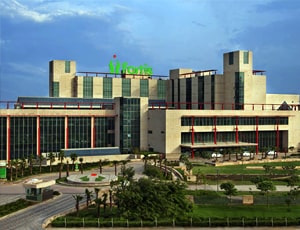
The cost for Face Lift (Face and Neck) ranges from USD 5010 - 5710 in Fortis Memorial Research Institute
Fortis Memorial Research Institute located in Gurugram, India is accredited by JCI, NABH. Also listed below are some of the most prominent infrastructural details:
DOCTORS IN 14 SPECIALITIES
FACILITIES & AMENITIES
A face-lift, also known as a "rhytidectomy", is a cosmetic surgical procedure designed to create a more youthful appearance in the face. This procedure can reduce skin sagging and smooth out folds on the cheeks and jawline.
During a face-lift, a flap of skin on each side of the face is pulled back, underlying tissues are adjusted, and excess skin is removed. This reshapes the face to achieve a younger look.
A neck lift is often done in conjunction with a facelift. It helps to reduce fat and sagging skin on the neck, enhancing the overall rejuvenating effect.
As we all age, the look and shape of the face change. The skin loses its elasticity and doesn't snap back as easily. Fat deposits decrease in some areas and increase in others, altering the facial contours.
A face-lift can resolve the following age-related changes:
It is essential to note that it doesn't tackle fine wrinkles, UV damage, creases around the nose and upper lip, or uneven skin tone.
Types of Facelift Surgery
There are many types of facelift procedures. Some of the most popular procedures include the following:
Facelift surgery is generally carried out on an outpatient basis and it takes around 3 to 6 hours depending on the extent of the area that requires treatment. The facelift procedure is performed under the influence of local and general anesthesia.
Sometimes, additional procedures may be conducted at the time of facelift surgery. These may include the placement of facial implants, wrinkle reduction through facial fillers, and facial resurfacing for improved skin toning and texture.
The following steps are performed during a facelift procedure:
Depending on the approach of facelift used and the type of procedure that the patient is undergoing, the surgeon makes incisions beginning at the target area – near the temples, in front of the ear lobe, under the chin, or any other location.
After the procedure, patients usually experience minimal pain, which can be managed with painkillers. Swelling and bruising are common, and patients are advised to use a cold compress to alleviate discomfort.
The dressing is usually removed within two days post-surgery, and physical activity should be limited as much as possible. Keeping the head elevated is also recommended.
A drainage tube may be inserted during the surgery and is removed the next day. Recovery time for a face-lift ranges from two to three weeks, with scars and lines gradually becoming less evident over time.
Ask your healthcare adviser for the best multiple options and choose the one that meets your expectations
The cost of Face Lift (Face and Neck) procedure starts from USD 4000 in Tunisia. Many multispeciality hospitals in Tunisia that are TEMOS certified are approved and most sought after for treating international patients with Face Lift (Face and Neck)
Different hospitals have different pricing policy when it comes to the cost of Face Lift (Face and Neck) in Tunisia. The cost quoted by some of the best hospitals for Face Lift (Face and Neck) in Tunisia generally covers the pre-surgery investigations of the patient. The Face Lift (Face and Neck) cost in Tunisia includes the cost of anesthesia, medicines, hospitalization and the surgeon's fee. There are many things that may increase the cost of Face Lift (Face and Neck) in Tunisia, including prolonged hospital stay and complications after the procedure.
There are many hospitals that perform Face Lift (Face and Neck) in Tunisia. The top hospitals for Face Lift (Face and Neck) in Tunisia include the following:
After Face Lift (Face and Neck) in Tunisia, the patient is supposed to stay in guest house for another 10 days. This duration of stay is recommended to complete all the necessary follow-ups and control tests to ensure that the surgery was successful.
Apart from the cost of Face Lift (Face and Neck), the patient is also required to pay additionally for daily meals and guest house accommodation. These charges starts from USD 50 per person.
Face Lift (Face and Neck) in Tunisia is offered in almost all metropolitan cities, including the following:
The average duration of stay at the hospital after Face Lift (Face and Neck) is about 1 days for proper care and monitoring. The patient is subjected to several biochemistry and radiological scans to see that everything is okay and the recovery is on track. After making sure that patient is clinically stable, discharge is planned.
There are more than 5 hospitals that offer Face Lift (Face and Neck) in Tunisia. These clinics have propoer infrastructure as well as offer good quality of services when it comes to Face Lift (Face and Neck) Additionally, these hospitals are known to comply with the international standards as well as local legal requirements for the treatment of patients.
Some of the top medical specialists for Face Lift (Face and Neck) in Tunisia are: